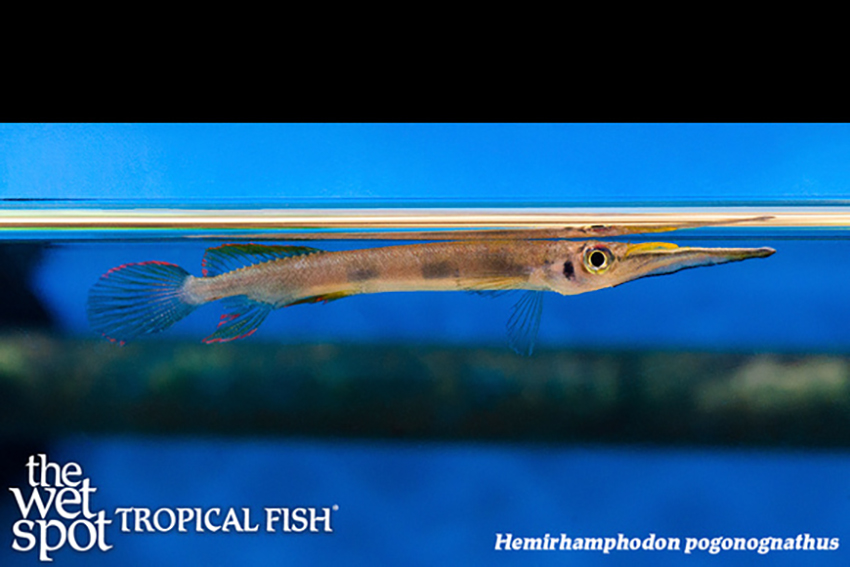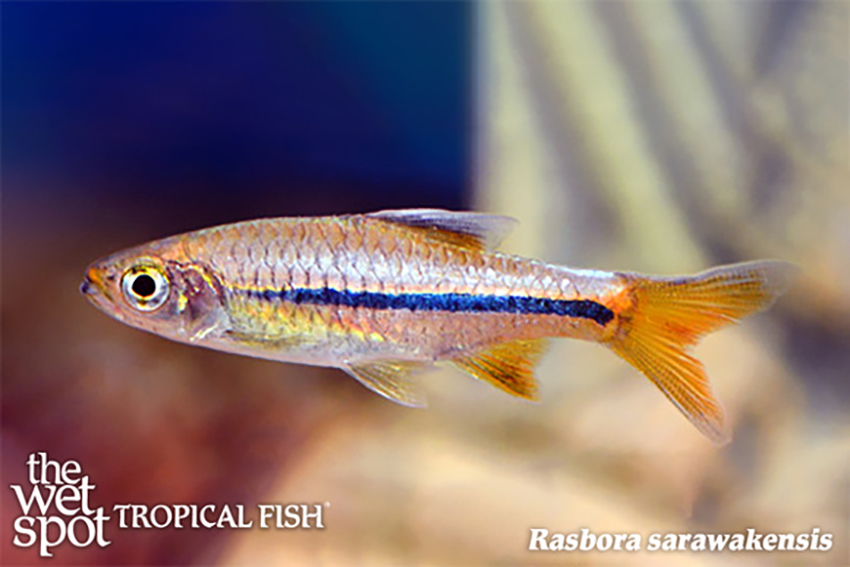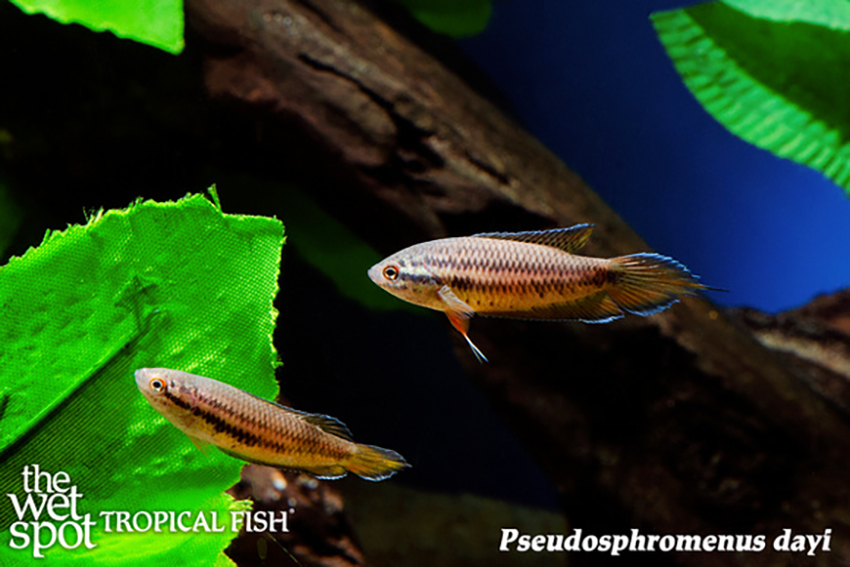Fish And Chip On My Shoulder
Good day to you, fair aquarists! We hope you all kicked off your long weekend in celebration of American independence from the British Empire! Here, in 21st century American society, the English may not seem so domineering; tabloid images of a sea of spectacular hats observing royal nuptials, our only window into their society. Nonetheless, the sheer fact that I am here, communicating with you, all these years later in the English language illustrates a long-lasting legacy borne from centuries of widespread dominion over more than 20% of the world’s population. At its height of power, the British Empire stretched over 13,700,000 square miles, with territories in Europe, the Americas, Africa, and Asia, and was known as “the empire on which the sun never sets”. Even after their tea was dumped into the Boston Harbor, British colonialism known as the raged on into the 20th century in many Southeast Asian states known as the “Straits Settlements”, all while we were enjoying the creature comforts of industrialization, capitalism, and free trade. In solidarity with, and in honor of the struggles and hard-won independence of these countries, let’s take a look at some of their most-prized and traded tropical fish: Hemirhamphodon pogonognathus, Rasbora sarawakensis, and Pseudosphromenus dayi..
Hailing from the former “British Malaya”, H. pogonognathus is a stunning needlefish that inhabits clear forest streams. Known more commonly as “Forest Halfbeaks”, these skinny, pointed, surface-dwellers reach nearly 5 inches in length, and display stunning red striping over green bodies with bright blue edged caudal fins. Spending most of their time at the top strata of their habitats, these Halfbeaks prefer dappled lighting through floating vegetation, tall plants, and plenty of open swimming space. Extremely peaceful toward conspecifics and others, they are a great option for Southeast Asian community aquaria, so long as tank mates are equally docile. In the wild, they spend much of their time in search of fallen insects or aquatic insect larvae to munch, and in captivity should be fed regular live and frozen invertebrates at spaced-out intervals, though they will consume high-quality flake and granules in a pinch. Forest Halfbeaks do best in waters with temperatures between 75 and 80°F, a pH of 6.0 to 7.5, and a hardness between 70 to 290 ppm.

Scientific Name:
Hemishamphodon pogonognathus
Common Name:
Three Spot Halfbeak
Temperature:
75° – 80° / 6.0 to 7.5 pH
Native Location:
Southern Thailand, Malaysia, Singapore and Indonesia
Preferred Diet:
Carnivore
Native to northwest Borneo, R. sarawakensis gains its name from the Sarawak state of Malaysia. The British loved the region for its natural resources (oil, gas, and timber), but these Rasboras prefer undisturbed, slow-moving forest streams with marginal vegetation. Reaching around 2 inches, these “Sarawak Rasboras”, have silver bodies edged in shimmering copper, golden caudal fins, and a dark lateral stripe down their sides. Providing a display, the drama of which rivals firework shows, they are most impressive when kept in conspecific groups of around 8, within community aquaria. They are happily housed alongside other Rasboras, Gouramis, Loaches, and other docile Cyprinids. A biotope tank setup would include soft, dark substrate, lots of hiding places via driftwood, variably-sized rocks or caves, dense, tall, and floating aquatic vegetation, and diffuse lighting. Another invertebrate consumer, they should be fed regular live and frozen offerings alongside a high-quality flake or granule with some vegetal component. Tank waters are best maintained with temperatures between 72 to 78°F, a pH between 6.0 and 7.5, and hardness under 215 ppm.
Scientific Name:
Rasobora sarawakensis
Common Name:
Sarawak Rasobora
Temperature:
74° – 78° / 6.0 to 7.5 pH
Native Location:
Sarawak, Malaysia, and Indonesia
Preferred Diet:
Omnivore

Responsible for supplying the English with their tea, India was one of the most important British colonies, the loss of which they would never recover from. Representing the pathway to paradise regained in the region, P. dayi, of “Brown Spike-tailed Paradise Fish”, is known from the coastal drainages of the Western Ghats. Reaching about 2.5 inches in length, they are light golden brown in coloration with horizontal dark stripes down their sides, pinkish-red underbellies, and bright blue borders around their caudal fins. With a preference for slow and sluggish waters like swamps and rice paddies, these Paradise Fish are best kept in aquaria with dried leaf litter, driftwood branches and roots, caves, tall and floating vegetation, and subdued lighting. Rather timid in nature, they are peaceful, but not ideal for many community aquaria. They seem to do well, however, alongside small cyprinids and loaches with drastically different body shapes from their own. Surviving predominantly on insect larvae in the wild, they should be fed live and frozen invertebrates, while flake and granules will sometimes remain ignored. Tank waters should be kept with temperatures between 72 to 80°F, a pH between 6.0 and 7.5, and a hardness under 268 ppm.
While the English certainly produce good for the world (ie: Harry Potter, Sherlock Holmes, and baking competition shows galore), Americans and much of the world should savor these delights alongside our ability to operate in a society built by us, for us. A big thanks to our 18th century American Revolutionaries, and happy 4th of July aquarists!
Scientific Name:
Pseudosphromenus dayi
Common Name:
Spike Tail Paradise FIsh
Temperature:
72° – 80° / 6.0 to 7.5 pH
Native Location:
The coastal drainages of the Western Ghats
Preferred Diet:
Carnivore

